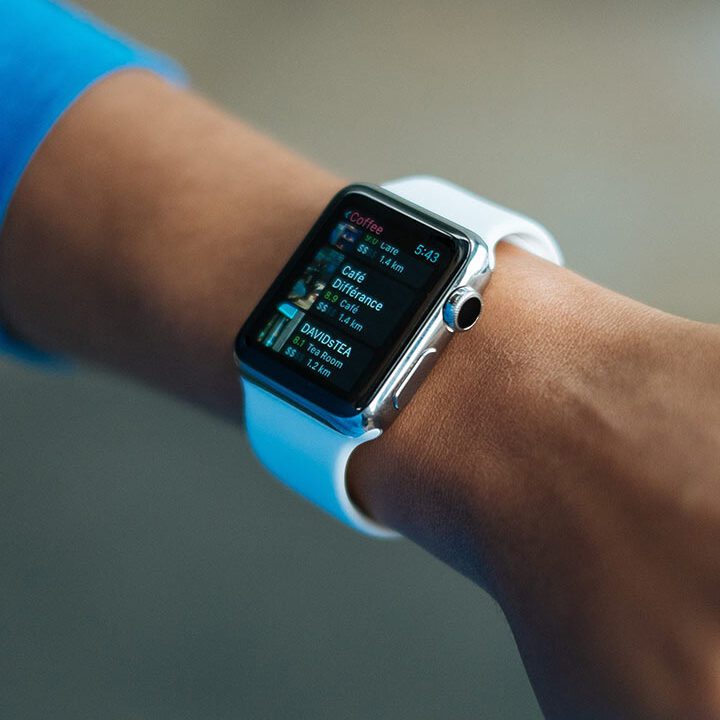6 Essential Elements of Web Design Checklist
It can be a bit overwhelming to launch a new website or redesign an existing one. There are too many moving parts, such as designs, user experience, functionalities, and SEO. Having a complete web design checklist ensures that not a single thing will be missed during the whole process. This guide will help you with trending designs and pointers on creating a successful website that brings in conversions.
Why Use A Web Design Checklist?
A web design Checklist is a guide for designers, developers, and stakeholders.
It helps to:
- Ensure Consistency Across All Pages.
- Keep up with user expectations and business goals.
- Reduce last-minute Minute Changes and Oversights.
- Optimize it for SEO, performance, and conversions.
A checklist in hand enhances collaboration and ensures that any critical points are addressed.
Popular Web Design Styles
Creating a design for the brand will carry its tone for the users. Here are some popular web design styles that can improve your website’s design:
Minimalist Design
Minimalism is simplicity in everything. The clean layouts, with plenty of white space and unassuming typography, free the viewer from distractions. It also makes pages load faster, improves readability, and enhances the visibility of essential content.
Bold Typography
The power of bold typography is undeniable; bold can define confidence, emphasize core messages, and lend character to your brand. It works best with simple layouts and high contrast to enhance legibility
Flat Design
A sleek modern style with no depth to lighten texture, but brings clarity to justifiable representation markers, easy tagging, and handheld designs.
Dark Mode
Dark mode has become trendy because it makes things look cool while saving the eyes due to less strain. It even enhances visual presentation, such as images and videos, while conserving battery on OLED screens.
Illustrations and Other Custom Graphics
These unique illustrations are beautiful but bring a wonderful factor to the website, which humanizes the brand and makes heavy information more digestible. Perhaps through infographics, hand-painted icons, or even branded characters, this may enrich a user’s way through your site.
6 Elements Of A Web Design Checklist Template
To create a website that outshines others, we need to lay a strong foundation. An effective web design checklist not only facilitates smoother workflows but also ensures the end product meets business goals, user needs, and SEO objectives. Here is a detailed discussion of items on a full-fledged website design checklist template and their significance:
1. Map Out The Plan Before You Build The Checklist
The time spent on planning is most valuable before the design software opens. Concerning a given project, the working document should include brief outlines of the following:
- Business objectives (to increase sales, enhance sign-ups, pull traffic)
- Audience persona (age, interests, behaviors, pain points)
- Competitors’ analysis (what other similar sites do well or poorly)
- Site architecture (create a sitemap with clear content categories)
Following this pattern, you can build your checklist according to your needs and not get stuck with an all-purpose template.
Tip: Using wireframes or low-fidelity mockups will help you visualize your ideas before intensive production starts.
2. Examine Previous Sites (If Any)
If you’re going to redesign your existing site, then before taking the plunge, auditing the previous edition is an important exercise. To do so, use tools such as Google Analytics or Screaming Frog to analyze:
- Traffic patterns the pages with the highest numbers of visits, and the ones that are not getting visited as much.
- User behavior – Where do users drop off most, or click the most?
- Page load times – Is there a bottleneck when it comes to performance?
- SEO performance – Which keywords are in the top ranking at the moment?
All findings should be recorded with a goal for determining what to keep, what to rework, and what to add in the redesign.
Tip: Use heatmaps and session recordings to observe how users will interact with the current site in real-time.
3. Establish the Novel Design Goals
Identify and set clear goals for the new site based on your analysis and business needs. Goals should follow the SMART criteria: Specific, Measurable, Achievable, Relevant, and Time-bound. Examples are:
- Reduce bounce rate by 20 percent in 3 months
- Increase mobile engagement by 40 percent
- Increase by 25 percent from landing pages
Every design decision, from content hierarchy to color scheme, should finally support those goals.
Tip: Ensure that this documentation is referred back to on every design review or during sprint planning meetings.
4. Formulate a Technical SEO Strategy
Not taking into consideration SEO from the design stage can only lead to very costly rectifying measures at later stages. Best, thus, include in your checklist for these technical SEO practices:
- Responsive Design – Ensure the website works perfectly on mobile and tablet devices.
- Page Speed Optimization – Compress images, lazy-load, and cache.
- Structured Data – Use Schemas to enhance visibility via search features such as rich snippets.
- Clean crawlable code – Use semantic HTML, tags, and an XML sitemap.
- Secure Hosting and SSL – Google loves secure sites (HTTPS).
- Internal Linking Structure – Create a logical flow, aiding user navigation while also benefiting search engines.
Tip: Use Page Speed Insights to test your technical setup and other tools like GTmetrix and Ahrefs.
5. Putting the Conversion Pathways in Place
Conversion pathways are the user journey leading up to realizing a goal on the site. Every page should guide a user to an obvious action. For conversion paths to succeed, check for the following:
- CTA placement – Ensure it is placed above the fold, repeated as necessary, and uses action-driven copy.
- Optimized landing pages – Keep pages focused on a single goal and free of distractions.
- Form usability – Keep forms short and intuitive to minimize friction and promote completion.
- Exit-intent pop-ups – Use these to capture leads at the earliest opportunity before departure.
- Social proof and elements of trust – Attach testimonials, reviews, professional certifications, or logos of clients.
Tip: Perform A/B testing for optimal conversion rates across different layouts, CTA styles, and content.
6. Determine How You Will Assess Progress
Measurement enables improvement cycles. Identify your KPIs, and then install all that equipment to measure them:
- Google Analytics – You can track sessions, bounce rate, and conversion goals using this tool.
- Google Search Console – Monitoring the search performance, indexing issues.
- Heatmaps and user recordings – it is a way to see how users interact with your pages.
- Event tracking – measuring clicks, scroll depth, and filled forms.
Bimonthly or weekly reporting of the results should be seen, with identified trends, as well as identifying what is working.
Tip: Use Google Data Studio and similar tools to create customized dashboards for easier and more digestible reporting to stakeholders.
Final Words
A website is more than just good-looking; something to be taken very seriously is a good web design checklist to ensure that the site looks good but functions properly, ranks high, and converts visitors. From starting a design to revamping an existing platform, this is one of the first guidelines for success.
Strategize well, think well, and review well; your users (and Google) will thank you for it.
Author







